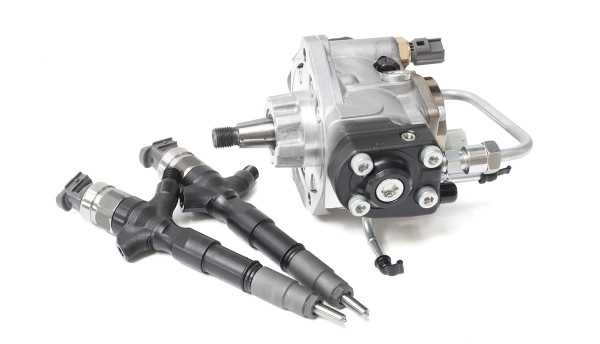
Japanese component manufacturers are extending focus to fuel-cell vehicles (FCVs) to meet an expected rise in demand for automobiles that run on electricity generated by a hydrogen-oxygen reaction, according to a report by the Nikkei newspaper. Keihin, a Honda Motor affiliate that makes engine parts, has invested hundreds of millions of yen to install equipment to build parts for Honda FCVs at its Miyagi Prefecture plant. Yachiyo Industry, a fuel tank manufacturer, has begun developing hydrogen tanks and plans to acquire approvals for test products by 2018 and to start mass production by 2020.
Significance: Toyota Mirai is currently the only mass-produced FCV. Following Honda's entry next year, Nissan and Daimler plan to launch their own models in 2017. Honda and General Motors (GM) have teamed up to develop next-generation fuel-cell systems and plan to enter commercial production in 2020. Moreover, with the launch of Mirai in December 2014, utility companies and the Japanese government are pushing to expand infrastructure for hydrogen-fuel-based cars and promote the sales of FCVs. Yet hydrogen as a fuel source faces many technical hurdles, not least developing facilities and infrastructure to distribute a tiny molecule under high pressure. These hurdles and their cost implications will continue to inhibit mass adoption of the technology. According to IHS Automotive forecasts, global production of FCVs will grow to only 9,353 units in 2020, up from a forecast 715 in 2015.








